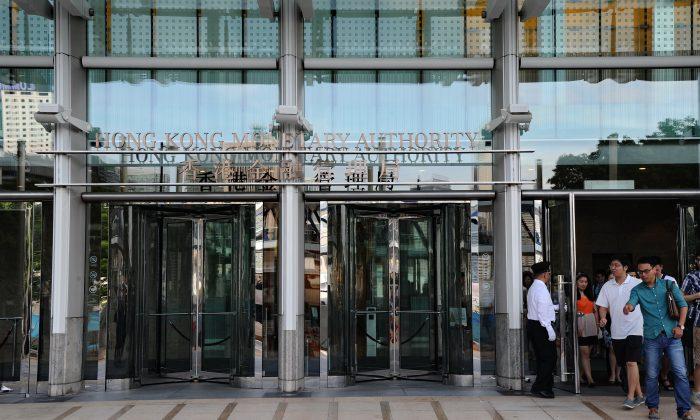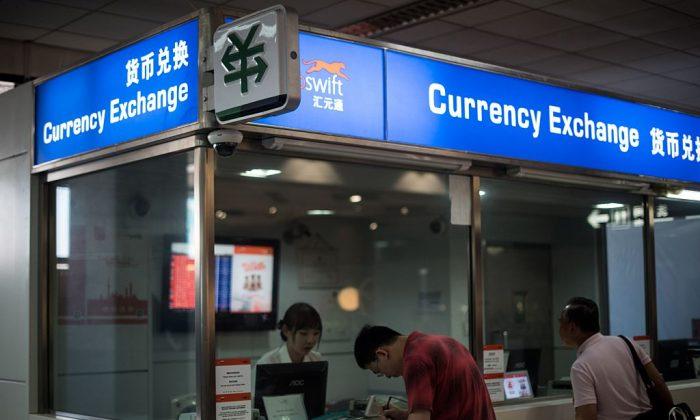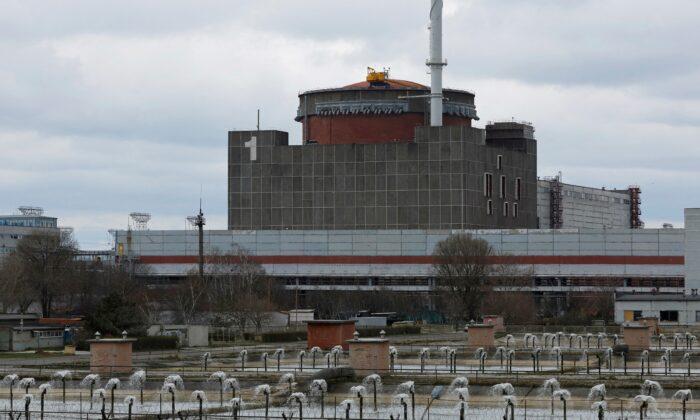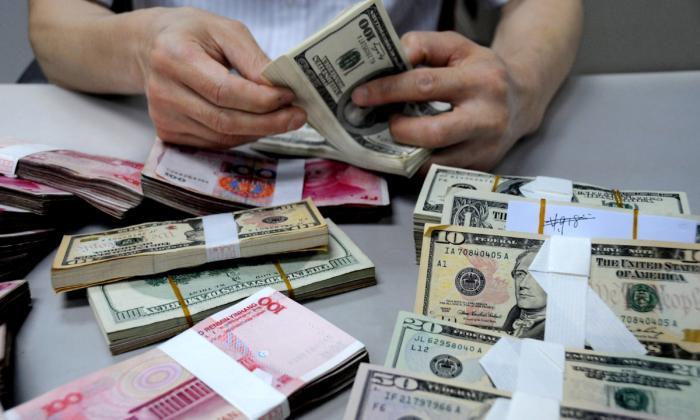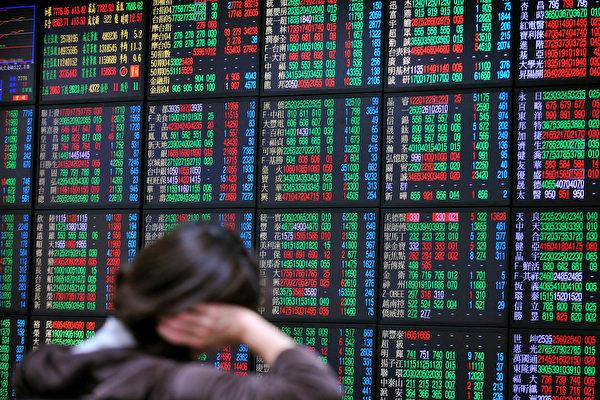Nearly 30 percent of Hong Kong’s foreign currency reserves are now accessible to Beijing after the People’s Bank of China (PBC) and Hong Kong Monetary Authority (HKMA) upgraded their currency swap line on July 4.
Pan said the new policies will “consolidate Hong Kong’s status as an international financial center and an offshore RMB business hub.”
However, experts suggest that the standing currency swap line does not benefit the Hong Kong dollar.
Frank Tian Xie, a business professor at the University of South Carolina Aiken, told The Epoch Times that the standing currency swap line would favor Beijing by offering a path to obtain more foreign currencies, but it has no benefits for the HKD.
Since Oct. 17, 1983, Hong Kong has adopted the Linked Exchange Rate System, allowing HKMA to stabilize exchange rates from the U.S. dollar to the HKD between 7.75 and 7.85.
As a currency pegged to the U.S. dollar, the predominant international currency, the HKD has long maintained market confidence. However, a new swap line with the Chinese yuan will likely harm the value of HKD.
The yuan is not fully convertible, which could cause issues for cross-border fund transfers. The PBC also applies administrative measures to influence the exchange rates between the yuan and foreign currencies.
“The standing currency swap line would erode HKD’s credibility as a hard currency and, one day, the HKD will find itself in a position similar to the yuan,” Xie said.
Miyasita Kiyokawa, a current affairs commentator familiar with the Chinese financial system, told The Epoch Times on July 9 that Chinese companies are facing massive offshore debts in 2022. For example, the foreign debts of real estate developers in China have reached as high as $100 billion.
The other new policy announced on July 4 was an initiative called “Swap Connect,” a mutual access scheme to connect the interest rate swap markets between Hong Kong and Mainland China.
“The freedom in Hong Kong is quickly being eroded under the [Beijing-imposed] national security law. The city is not the vibrant international financial hub it once was. It is becoming like the Shenzhen Special Economic Zone, [a financial center fully under Beijing’s control],” Kiyokawa added, suggesting that Beijing may impose more financial schemes on Hong Kong until it achieves complete control.
